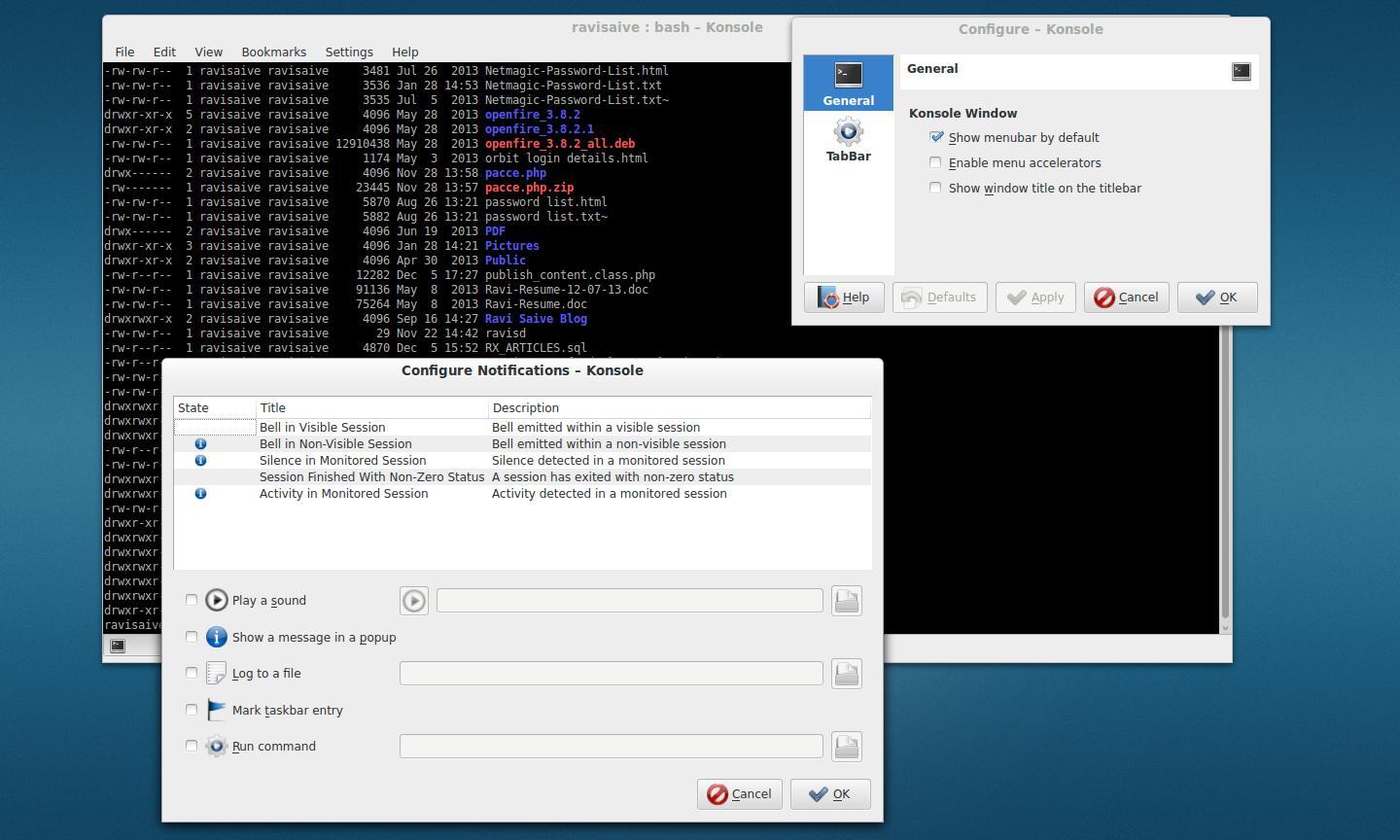

Press Alt+Right and Alt+Left to switch between active tabs. To close a tab, click on the Terminal toolbar or right-click the tab and select Close Tab from the context menu. It preserves tab names, the current working directory, and even the shell history. The Terminal saves tabs and sessions when you close the solution or JetBrains Rider. To run multiple sessions inside a tab, right-click the tab and select Split Right or Split Down in the context menu. For information about changing the default start directory, see Configure the terminal emulator.Ĭlick on the toolbar to start a new session in a separate tab. It provides full access to the underlying shell, which means that you can even run tools like Far Manager (for managing files and archives): Open the Terminal tool windowįrom the main menu, select View | Tool Windows | Terminal or press Alt+F12.īy default, the terminal emulator runs with the current directory set to the root directory of the current solution. For information about changing the shell, see Configure the terminal emulator. Initially, the terminal emulator runs with your default system shell, but it supports many other shells, such as Windows PowerShell, Command Prompt cmd.exe, sh, bash, zsh, csh, and so on. NET commands (for example with Entity Framework core), Git commands, set file permissions, and perform other command-line tasks without switching to a dedicated terminal application. Our more powerful HyperACCESS program also supports additional terminal emulators including options from IBM, CompuServe, Data General, Televideo, and Wyse terminal.JetBrains Rider includes an embedded terminal emulator for working with your command-line shell from inside the IDE.

You can download terminal emulator programs here HyperTerminal Trial or HyperACCESS Trialįor the most commonly used terminal emulation both HyperTerminal and HyperACCESS support ANSI, DEC (Digital Equipment Corporation) VT series, Minitel, TTY, and Viewdata.

HyperACCESS also has support for advanced scripting and automation features and can be used to automate many common tasks. Which terminal emulator is right for me? Both our HyperTerminal and HyperACCESS software support a wide variety of terminal emulation options. This is often used to connect to mainframes or other legacy systems. The terminal emulator works by reading the control codes sent by the remote system and translating them to control the screen of the workstation, and by sending control codes to the system depending which keys are pressed. What is Terminal Emulation? Terminal emulation is the ability to make one computer look and behave like different terminals.


 0 kommentar(er)
0 kommentar(er)
